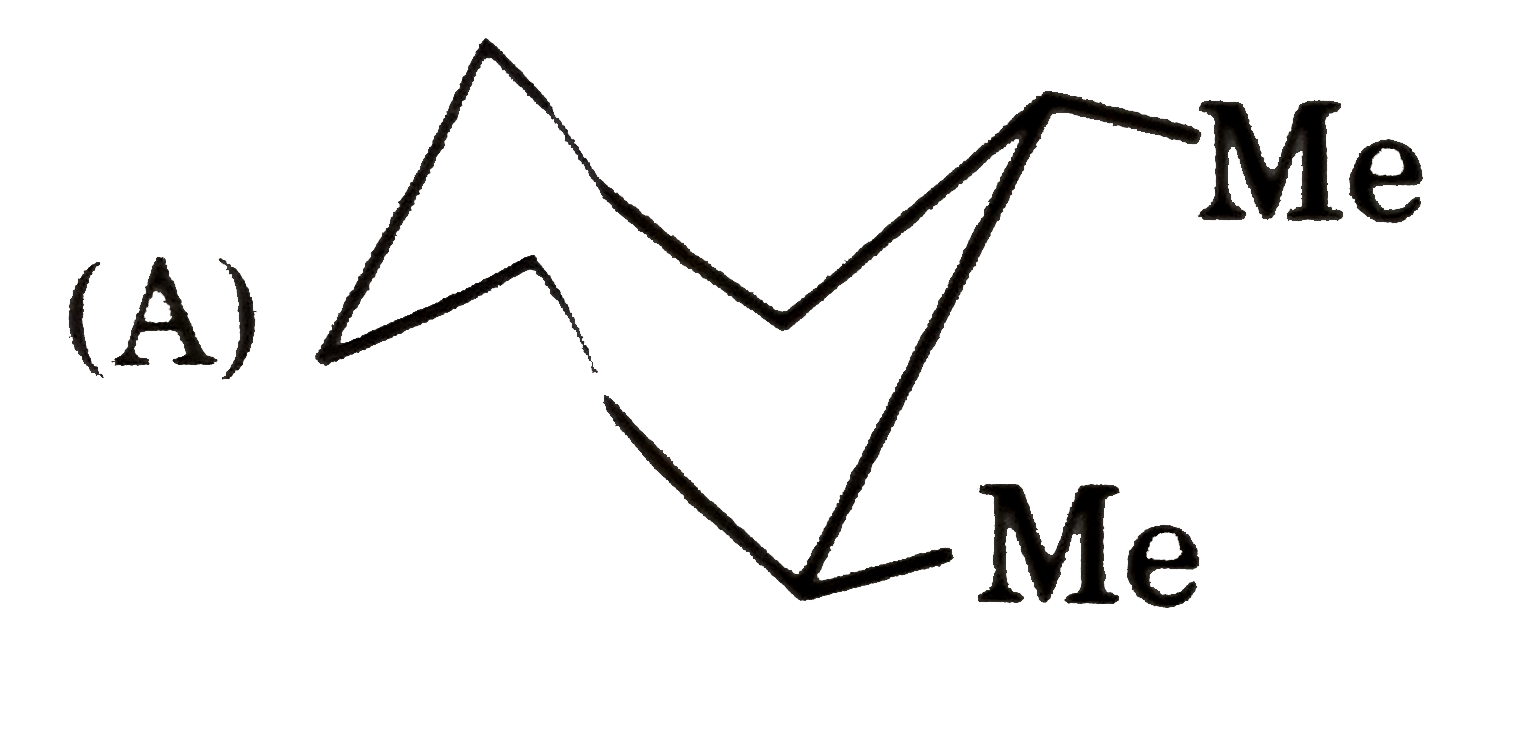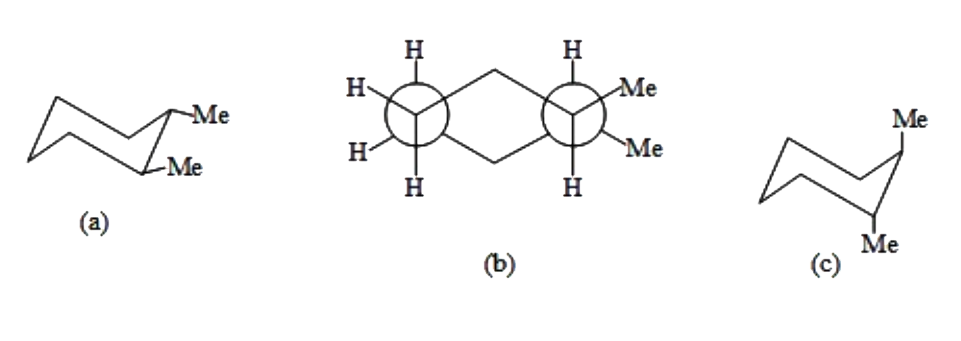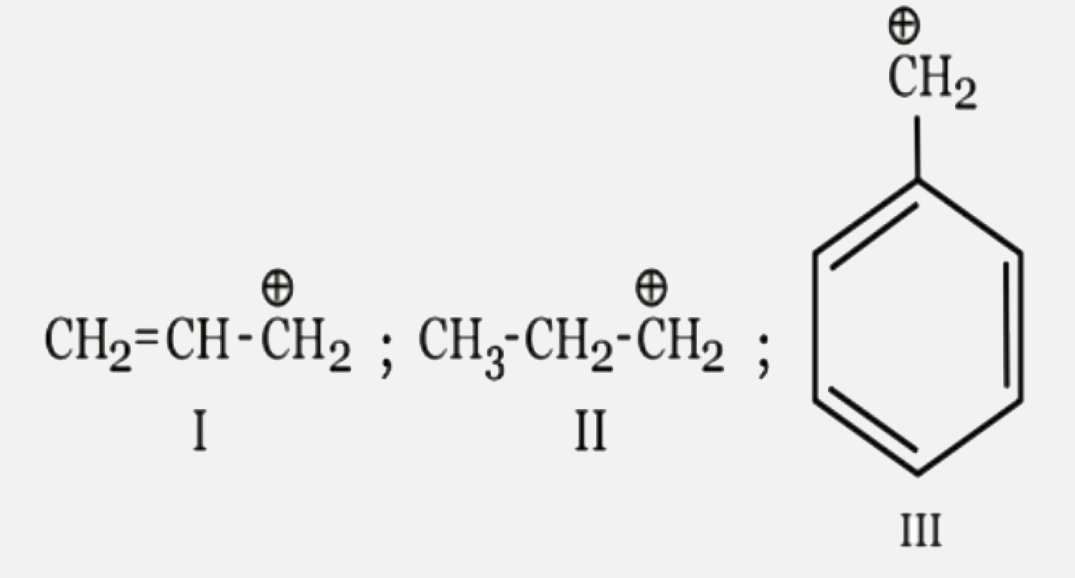With a given anion the correct stability order of tetra haloborates is :
BCl−4BBr44−>Bl−4
Bl−4>BBr−4>BCl−4
BCl−4=BBr−4>Bl−4
BCl−4=BBr−4=Bl−4
To determine the stability order of tetrahaloborates (BX4) with a given anion, we need to consider the factors that influence their stability, particularly the nature of the halogen (X) and the extent of backbonding.
1. Identify the Halogens: The tetrahaloborates involve halogens such as fluorine (F), chlorine (Cl), bromine (Br), and iodine (I). Each of these halogens will affect the stability of the tetrahaloborate differently.
2. Understand Backbonding: Backbonding occurs when the halogen (X) donates its lone pair of electrons to the empty p-orbitals of boron (B). This interaction reduces the electron deficiency of boron and stabilizes the molecule. The extent of backbonding depends on the electronegativity and size of the halogen.
3. Electronegativity and Size of Halogens:
- Fluorine is the most electronegative and forms strong bonds with boron, leading to significant backbonding.
- Chlorine is less electronegative than fluorine but still capable of backbonding.
- Bromine is even less electronegative, and its larger size reduces the effectiveness of backbonding.
- Iodine, being the least electronegative and largest, has the weakest backbonding ability.
4. Stability Order Based on Backbonding:
- The stability of tetrahaloborates can be ordered based on the effectiveness of backbonding. The stronger the backbonding, the more stable the compound.
- Therefore, the order of stability from most stable to least stable is:
- BF4 (due to strong backbonding from F)
- BCl4 (moderate backbonding from Cl)
- BrB4 (weaker backbonding from Br)
- BI4 (weakest backbonding from I)
5. Final Stability Order:
- The correct stability order of tetrahaloborates is:
- BF4 > BCl4 > BrB4 > BI4
- Fluorine is the most electronegative and forms strong bonds with boron, leading to significant backbonding.
- Chlorine is less electronegative than fluorine but still capable of backbonding.
- Bromine is even less electronegative, and its larger size reduces the effectiveness of backbonding.
- Iodine, being the least electronegative and largest, has the weakest backbonding ability.
- The stability of tetrahaloborates can be ordered based on the effectiveness of backbonding. The stronger the backbonding, the more stable the compound.
- Therefore, the order of stability from most stable to least stable is:
- BF4 (due to strong backbonding from F)
- BCl4 (moderate backbonding from Cl)
- BrB4 (weaker backbonding from Br)
- BI4 (weakest backbonding from I)
- The correct stability order of tetrahaloborates is:
- BF4 > BCl4 > BrB4 > BI4
Similar Questions
Knowledge Check
With a given anion the correct stability order of tetra haloborates is :
ABCl−4>BBr−4>Bl−4BBl−4>BBr−4>BCl−4CBCl−4=BBr−4>Bl−4DBCl−4=BBr−4=Bl−4The correct stability order for boron halides is
ABF3>BCl3>BBr3>Bl3BBCl3>BF3>BBr3>Br3CBl3>BBr3>BCl3>BF3DBBr3>BCl3>Bl3>BF3
Correct stability order of the given tautomers is :AI>II>IIIBIII>II>ICII>I>IIIDII>III>I
The correct stability order of the following species is :

View Solution
Correct stability order of the given tautomers is:
View SolutionThe correct stability order of the given carbanions is

View SolutionThe correct stability order for the following species is :

View SolutionThe correct stability order of the following species is

View Solution


